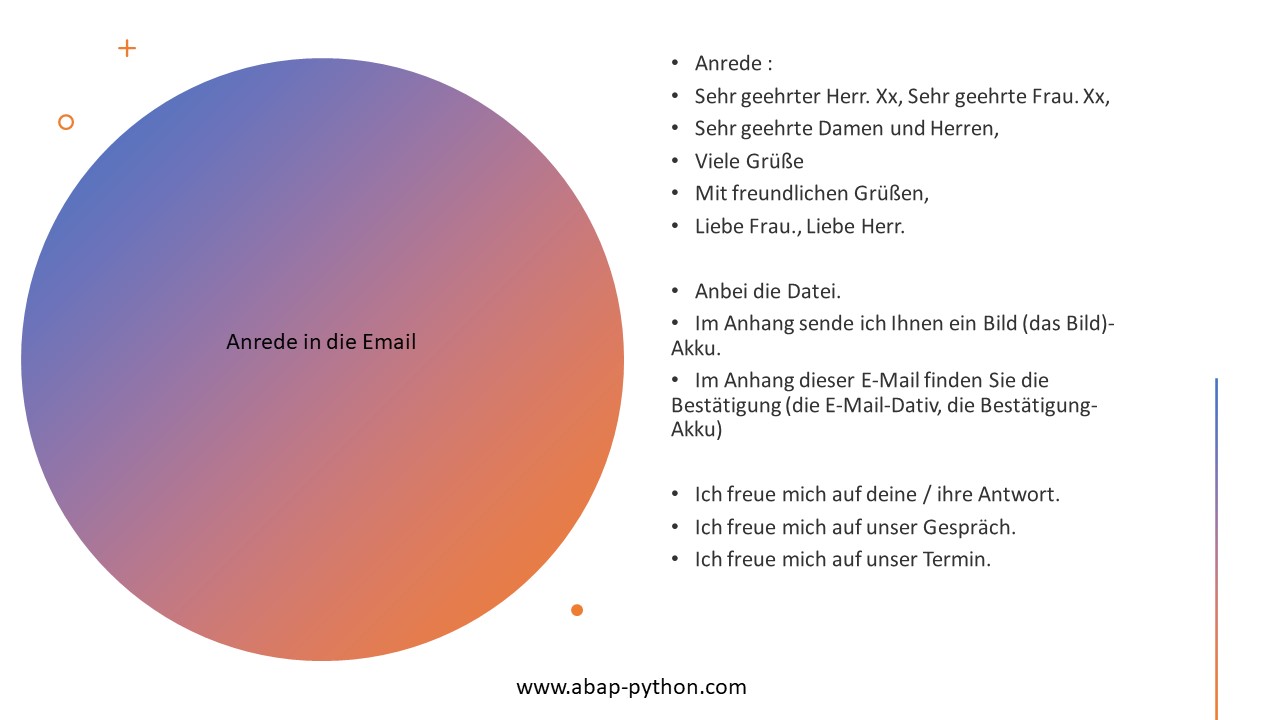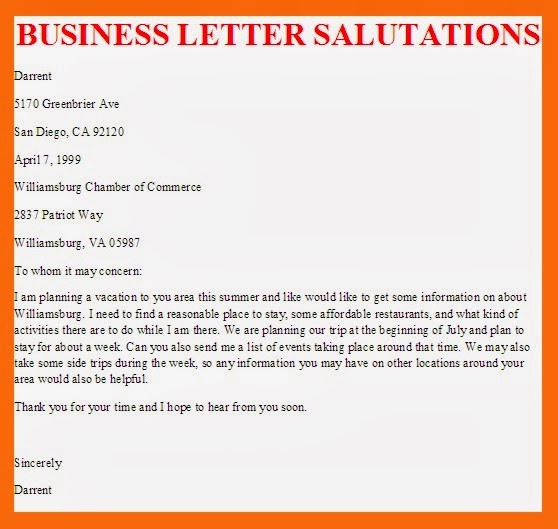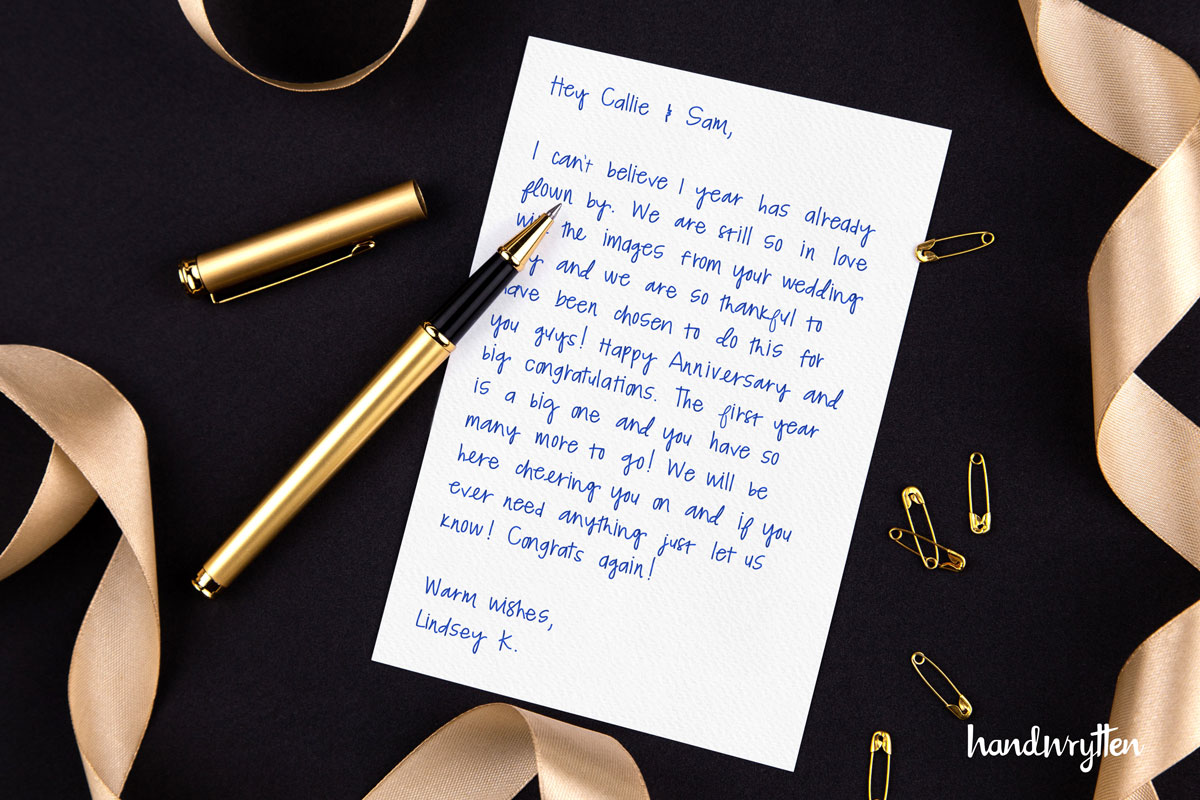Brilliant Strategies Of Info About How To Write Salutations

In this article, we discuss what a salutation is, explain the importance of using the proper greeting, provide tips to consider when choosing a salutation, and share.
How to write salutations. If you're unsure of the person's pronouns, it's also acceptable to use a formal salutation, followed. Updated july 21, 2022. Followed by the person's last name are the most formal salutations.
Salutations typically include both a greeting word or. Begin your letter with “dear” consider your relationship with the recipient. This is a salutation used in formal.
5 strong greetings (salutations) for your email’s greeting (also called a salutation ), you don’t need to do anything fancy. Do some research on the company personnel. This salutation is appropriate only if you're certain of the pronouns that the person you're writing to uses.
Here are the steps you need to take to choose an appropriate salutation for a letter: Consider how you want the recipient to feel upon reading your salutation. A salutation is the opener of your email or letter.
Address the recipient by job title. To write an outstanding cover letter salutation, keep it formal yet polite. The salutation consists of a greeting alongside the name and title of the recipient.
Whether you're writing a personal or professional email, it's important to use the proper greeting, which is known as the salutation. It addresses the recipient directly by name or title. Here, are some cover letter salutation examples that.
A proper salutation for a cover letter is essential as it sets a professional tone and conveys. The most formal salutation is mr., ms. When writing a letter, an email, or any type of correspondence, you should begin with the proper salutation.
Keep it simple and choose one of the. How to address a letter. You can use this salutation to send.
Your salutations establish the overall tone of your letter. What is a formal salutation? And mrs., followed by the last name of the person you refer to.
Dear, this is the most common and often the most preferred type of formal salutation to use when starting professional emails. It's suitable and acceptable in almost any situation. What salutation to use often depends on the purpose of your document and.



:max_bytes(150000):strip_icc()/letter-salutations-and-greetings-2059709_FINAL-5b87fe5bc9e77c00254bd43f.png)


/professional-letter-greetings-2062310-edit-73f11af3de584af4be896b3037848602.png)










![35 Salutations to Use (Salutations List) [2022] Algrim.co](https://www.algrim.co/images/salutation-example.jpg)